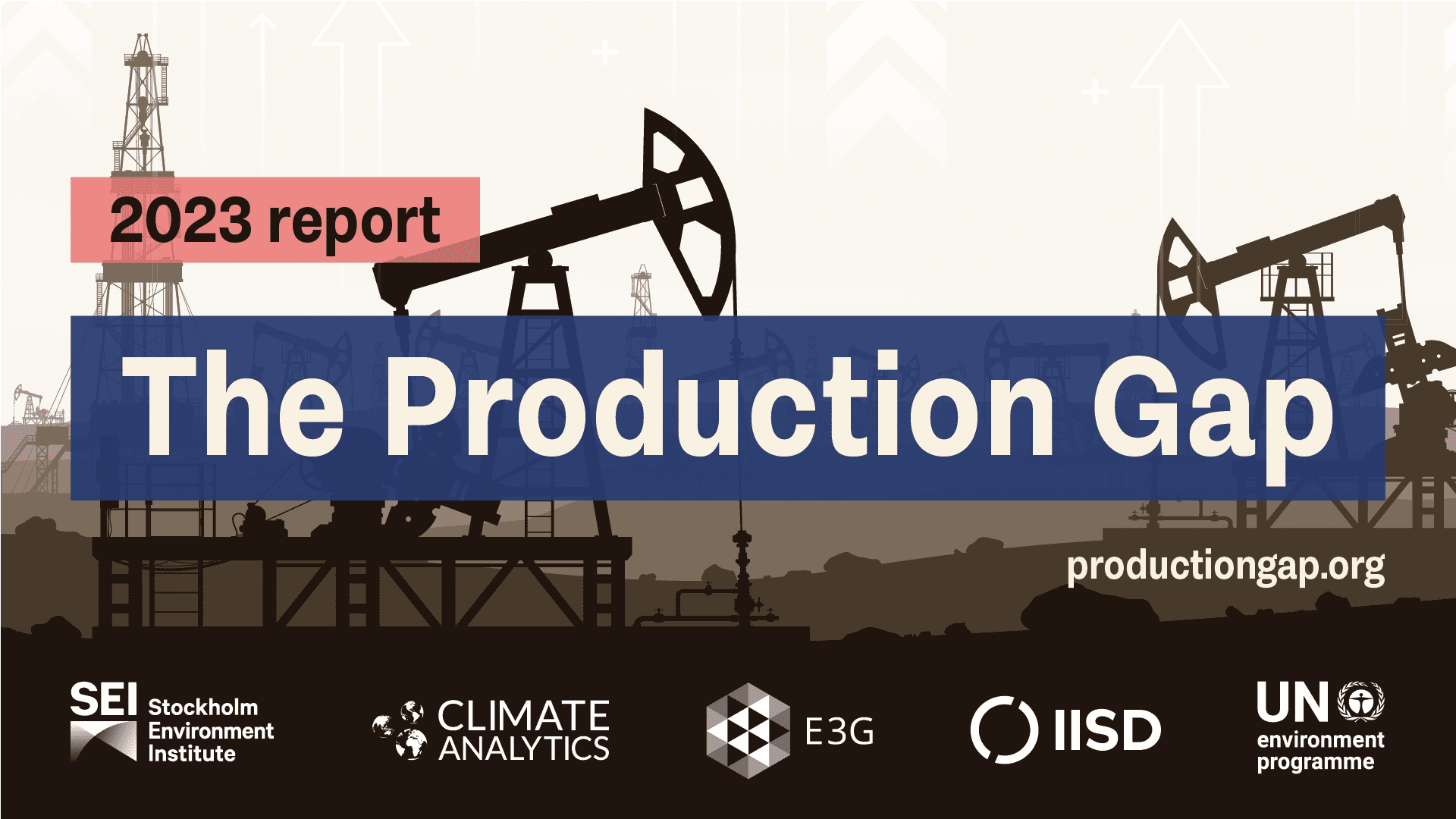Production Gap Report (PGR) 2023 released by United Nation Environment Programme (UNEP) and other institutes such as Stockholm Environment Institute, etc.
Production Gap Report has been prepared by United Nation Environment Programme (UNEP) and other institutes such as Stockholm Environment Institute, etc.
It tracks the misalignment between governments’ planned fossil fuel production and global production levels consistent with limiting global warming to 1.5°C or 2°C.
♦ Many countries have pledged for zero emission In alignment with COP 21 (Paris Agreement) and COP 26 (Glasgow) of UNFCCC to limit global warming.
Production gap is different from emissions gap.
♦ Latter refers to difference between global greenhouse gases (GHG) emissions under the Nationally Determined
Contributions (NDCs) and accepted level in 2030.
Production Gap Reports highlight that major countries plans and projections would lead to an increase in global coal production until 2030, and in global oil and gas production until at least 2050.
♦ It includes countries like Australia, Brazil, Canada, China, India, UAE, etc.

Recommendations of Production Gap Report:
- Adopt near and long-term reduction targets in fossil fuel production.
- An equitable transition away from fossil fuel production must recognize countries’ differentiated responsibilities and capabilities.
♦ Governments with greater transition capacity should aim for more ambitious reductions and help finance the transition processes in countries with limited capacities.
Initiatives
- Global: Global Methane Pledge, Powering Past Coal Alliance, Just Energy Transition Partnerships (JETPs), Mission Innovation, etc.
- India: Panchamrit Target declared in COP 26 (Aim to achieve Net-Zero emissions by 2070), Mission Lifestyle for Environment’ (LiFE), National Action Plan on Climate Change (NAPCC), etc.
